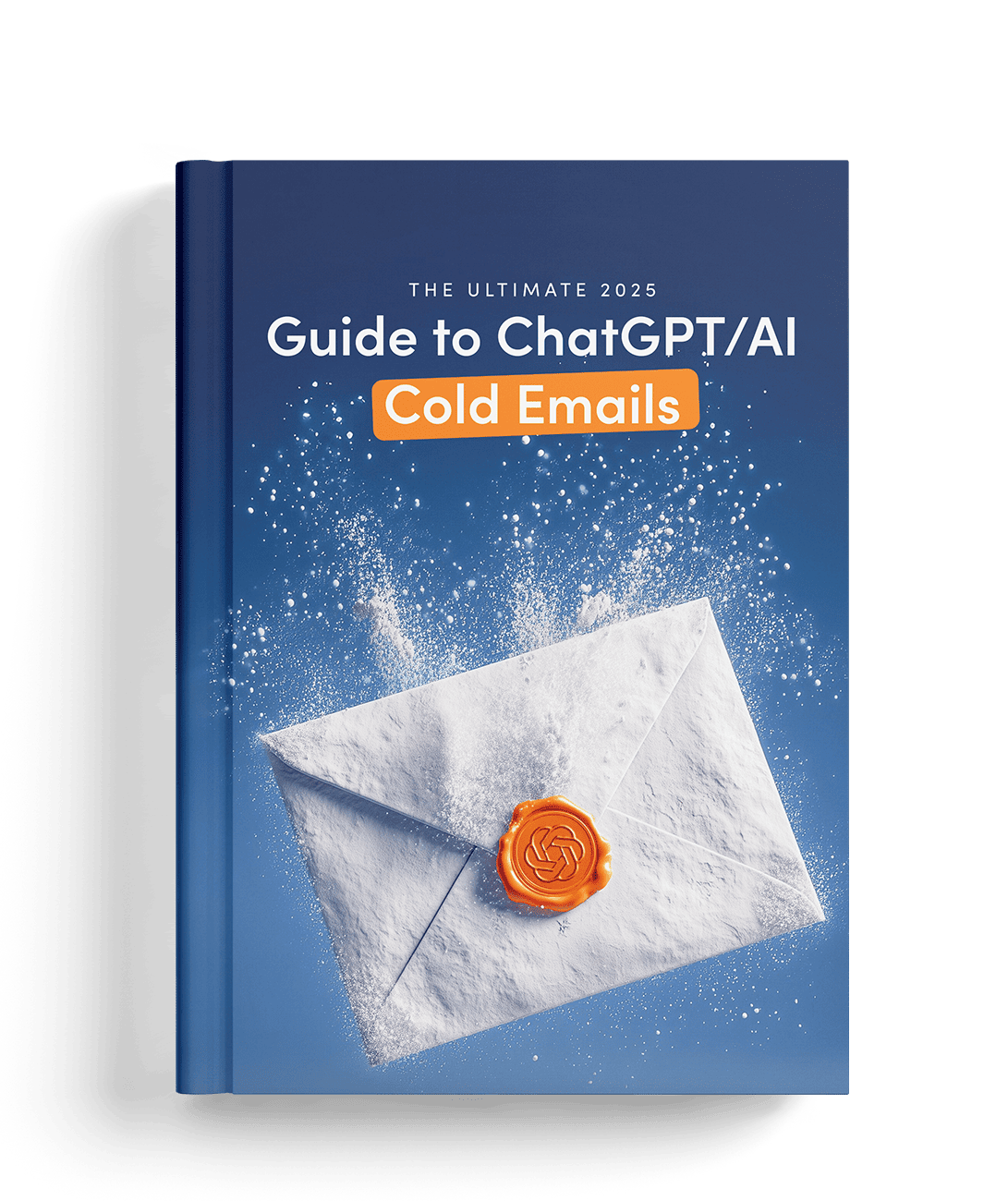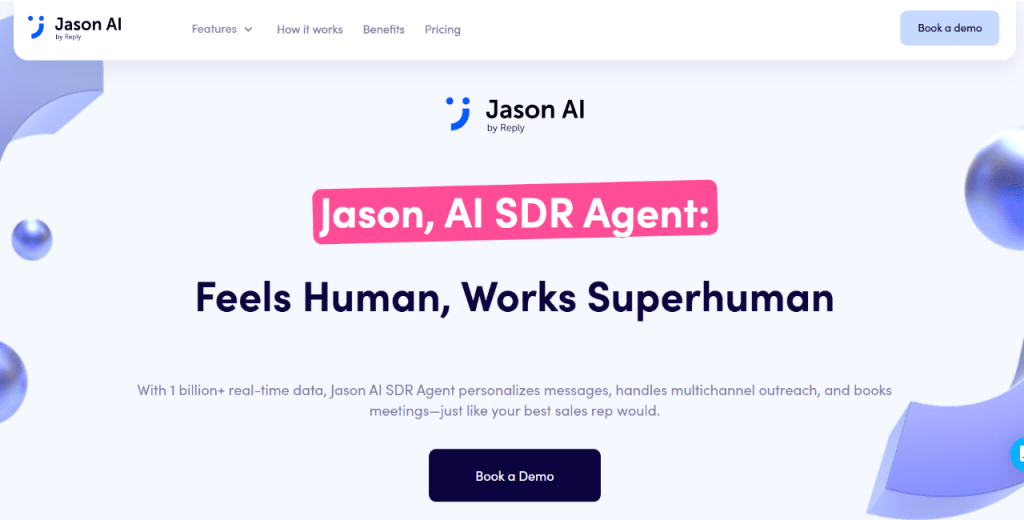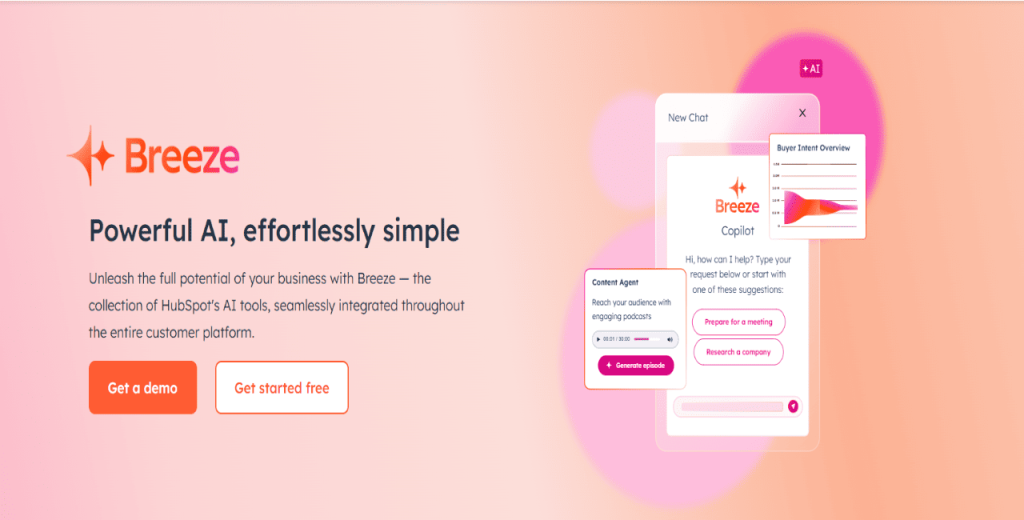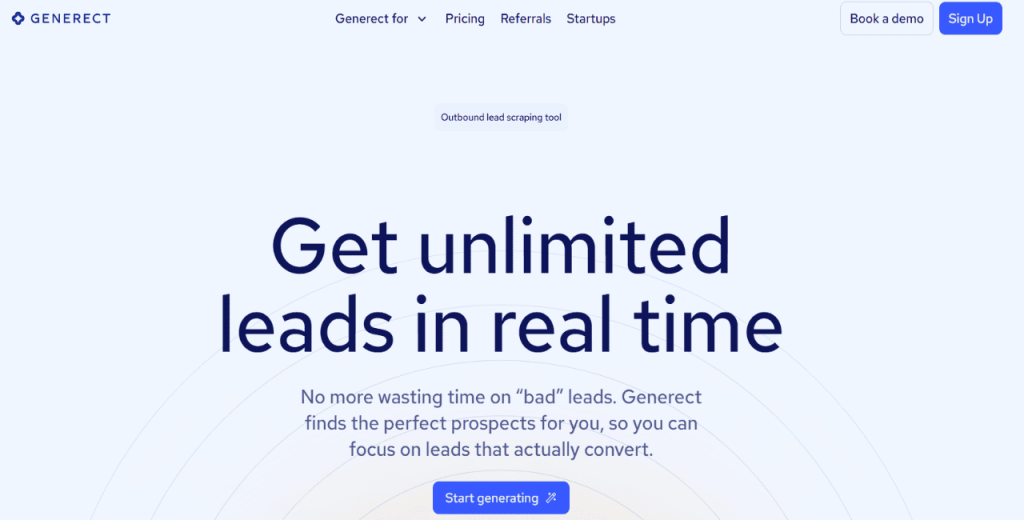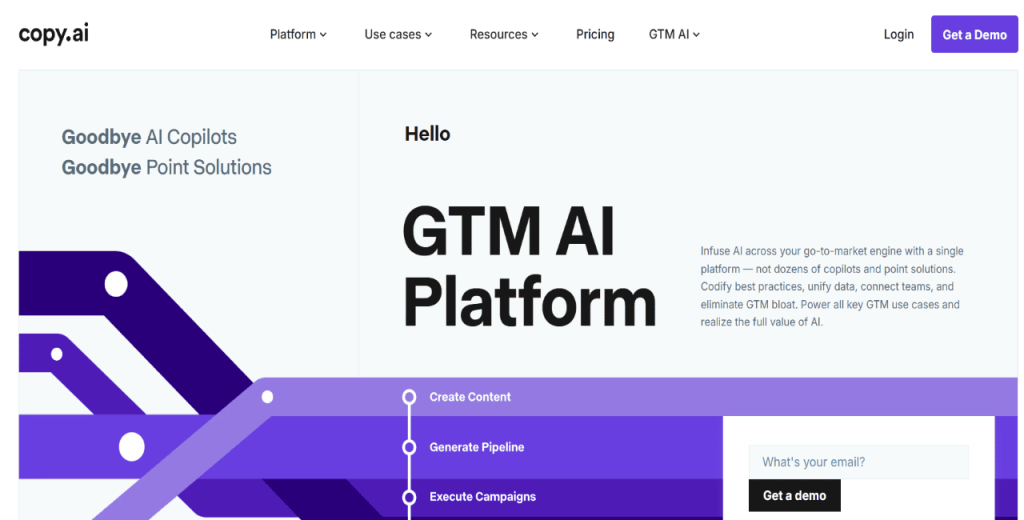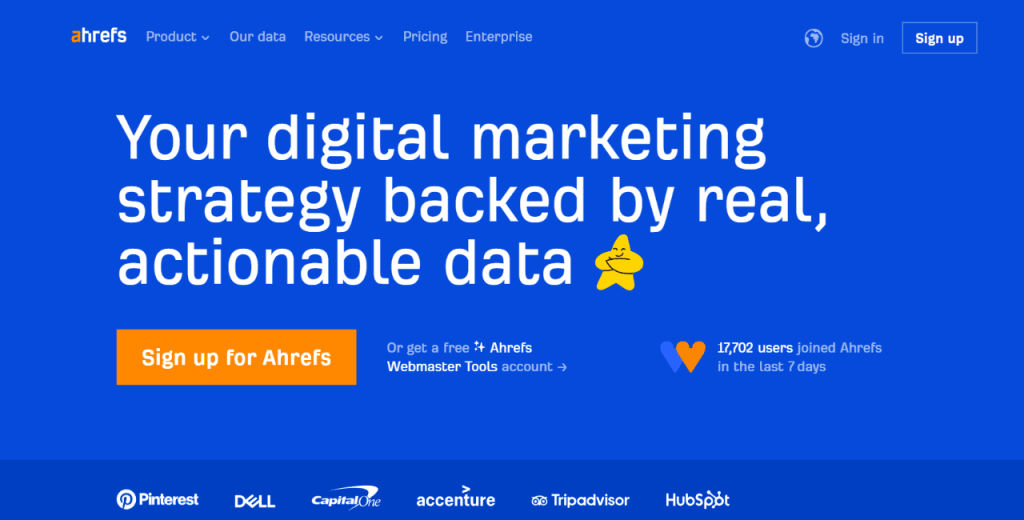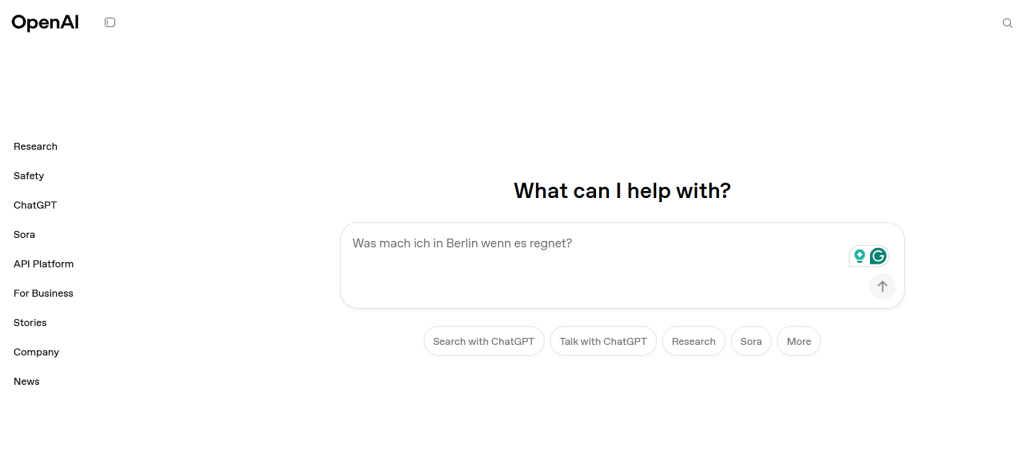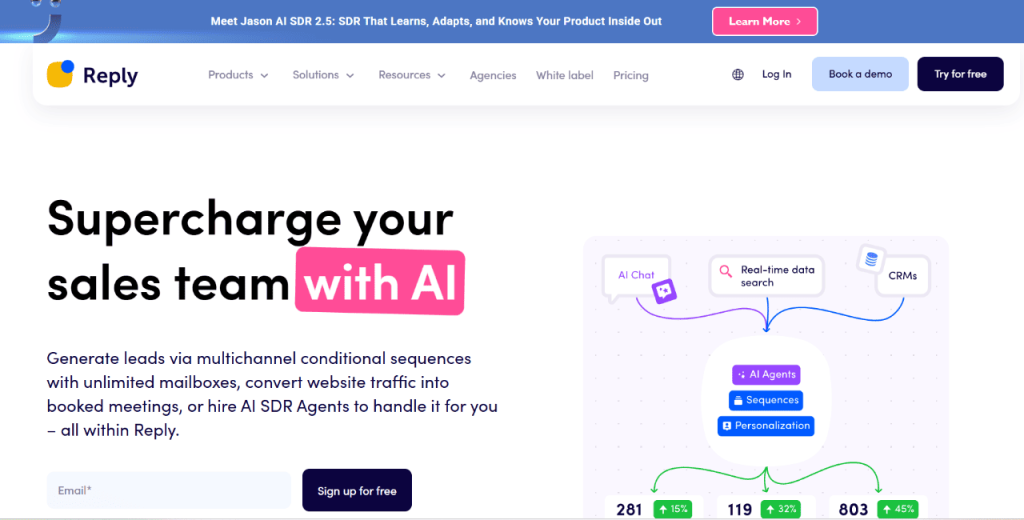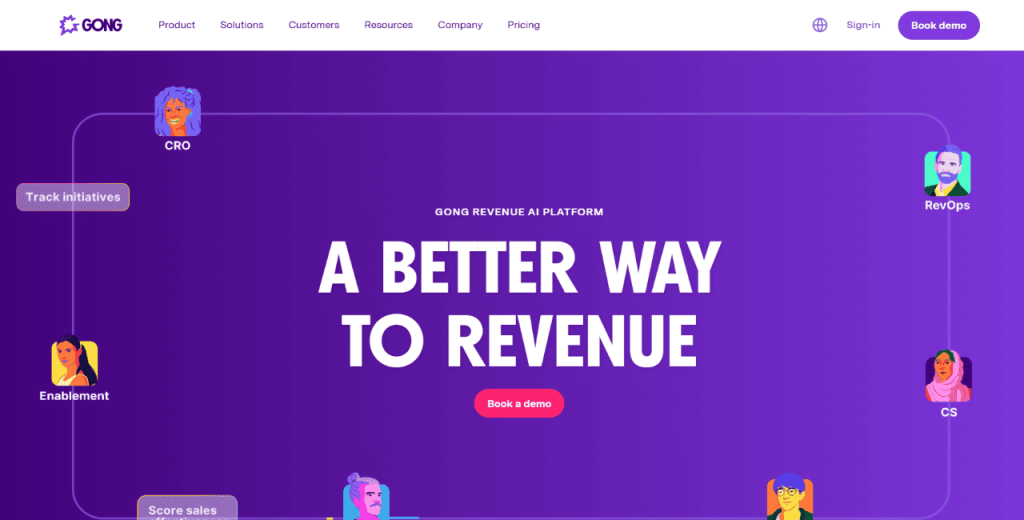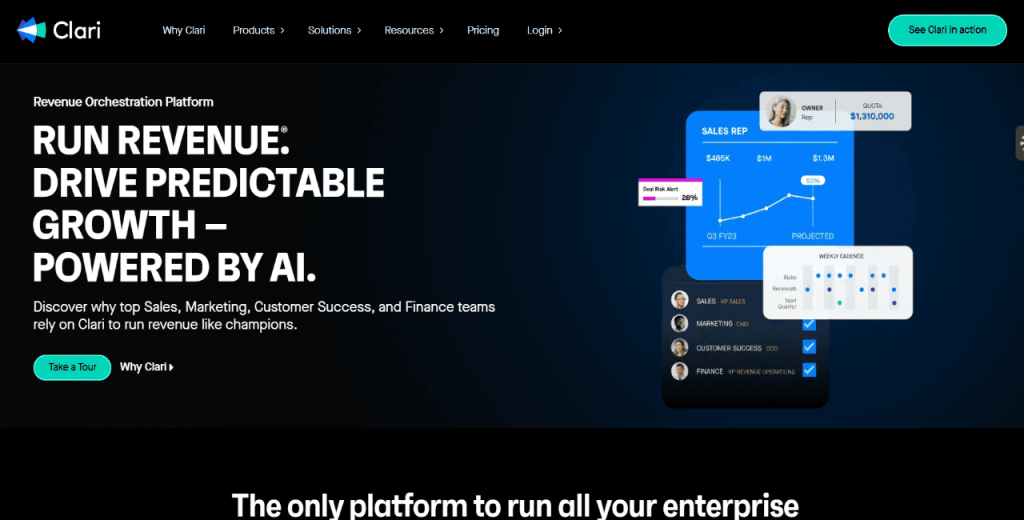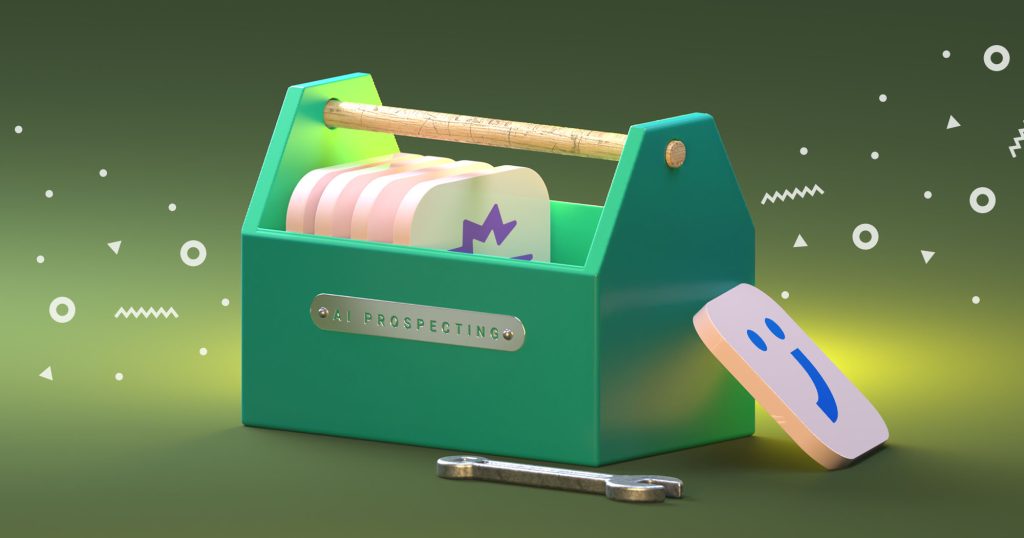There’s no easy way to say this, but …the go-to-market (GTM) playbook you’ve been planning around is out of date.
The days you could ride on strategies such as an AIDA sequence, static funnels and PR to launch your new product are sunsetting. Fast.
AI is rewriting GTM and quickly becoming an integral part of sales and marketing.
Do you know what this means? You must start using AI to enhance your GTM strategies, or you risk being left behind.
This post breaks down how you can plug AI into your GTM strategy to turn things to your advantage.
We’ll also tell you the best AI sales automation tools for GTM and much more.
But first,
What does GTM mean in 2025?
In 2025, a GTM strategy will be more than just a launch plan. It’ll be an evolving AI-powered blueprint.
Although the core principles of GTM will remain the same—defining your offer, targeting the right audience, and aligning teams— AI will transform the implementation process.
AI will allow GTM teams to identify niche customer segments quickly, refine messaging at scale, gather real-time feedback, and adjust strategies on the fly.
Going forward, GTM teams will be able to adapt and optimize campaigns based on continuous data instead of following the same old rigid timelines or static methods.
In 2025, GTM strategies will become more agile and personalized.
AI will help businesses fine-tune product positioning, anticipate market shifts, and deliver relevant experiences for each customer.
Over time, traditional one-size-fits-all approaches will become obsolete as we settle into the “new normal.”
What parts of GTM can AI enhance?
AI can improve nearly every part of your GTM strategy.
That said, here are some practical ways GTM leaders can use AI to gain a competitive edge.
Customer research and segmentation
AI will take your customer data and run with it. It’ll find patterns and niches that would take weeks, or even months, to compile.
Now, with the help of AI, sales and marketing teams can pinpoint the customers interested in your product, enabling you to tailor your GTM strategy with laser precision much faster.
AI also makes customer segmentation more accurate and dynamic. It allows you to run an adaptive campaign that can change with trends.
As a result, your marketing efforts will always be targeted and relevant, resulting in higher engagement and more conversions.


